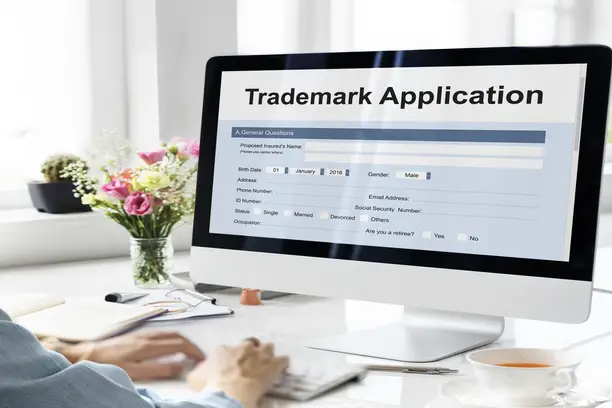


Have you ever pondered how different companies use similar words for separate products? It’s a question that often strikes me. Picture this: enjoying Apple Corp. music on an iPhone while using the Pandora music app, accompanied by Pandora jewelry, savoring Dove chocolate, and utilizing Dove cleaner and Prime Hydration sport drinks through Amazon Prime. It’s a curious conundrum that keeps me awake at night.
This scenario, though fictional, emphasizes a crucial query: How can there be similar-sounding products from different entities like Dove chocolate and Dove cleaner, Apple Corp. and Apple Tech., Pandora music and Pandora jewelry, or even Logan Paul’s and KSI’s Prime Hydration sports drinks in contrast to Jeff Bezos’ Amazon Prime? The answer lies in coexistence – varied entities occupying similar spaces, using the same name for distinct products.
The Trademark Act delineates a specific provision for concurrent use, enabling an eligible applicant to seek registration alongside a conflicting or separate mark (15U.S.C§ 1052). This process involves a request for “geographically confined registration,” allowing registration in specific US regions, acknowledging the rights of other parties in different geographical areas (Trademark Manual of Examining Procedure July 2022, §1207.04(a)).
Consider the myriad “Black Sheep” cafés or “Farmhouse” caffs scattered across the United States. These serve as prime examples of geographical concurrent uses allowed by the Trademark Act, boasting numerous trademark registrations for each.
For a concurrent use enrollment, the application must meet one or more of the following criteria:
The application process aligns with regular trademark enrollment procedures, requiring specific details depending on the type of mark. For instance, a concurrent use operation for a trademark or service mark demands information such as:
Understanding coexisting trademarks is crucial in the diverse landscape of intellectual property rights, highlighting the intricate balance between similar yet distinct entities operating under shared names.